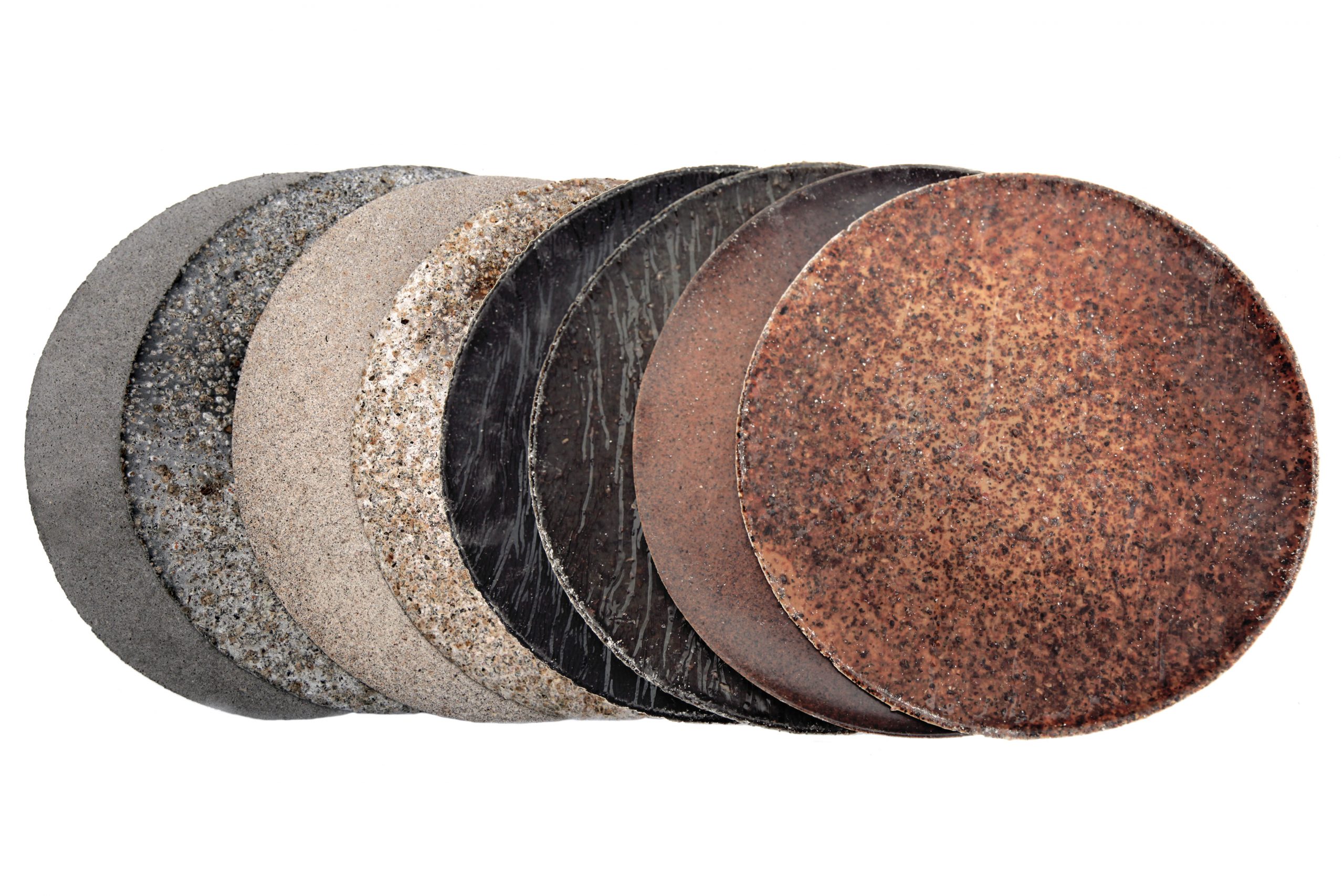O-Trash²
Leader
Clara Davis
To which topic does your idea refer?
Material Innovation
Describe your idea! How does it work to reduce / replace plastic? How will you involve others?
O-Trash² (organic trash upcycled) is a capsule collection of materials designed to demonstrate the value of our daily trash and encourage its re-use as raw materials in biodegradable plastic production.
According to the data given by the Refresh program report from 2019, 365 million tones of food is produced each year in the EU with 129 million tones ending up in the garbage. 69 million tones of food is loss before consumption (31 MT in the primary production, 32 MT in the transformation and 7 MT in the distribution) and 60 million tones of food is wasted by consumers (50 MT by households and 10 MT by food services). 129 million tones of food wastage… what a loss of resources !
That waste doesn’t just represent a loss of resources, but it pollutes our planet as well. The decomposition of waste accumulated in fields emits methane into the atmosphere, a gas that destroys our ozone layer contributing significantly to climate change. But it does not stop there, throwing food is also wasting energy and water used to grow it, produce it, transform it, pack it, transport it… in short, it is a huge waste of space, time and of course money! In Europe, an estimated 143 billion euros is lost due to food waste every year. But a waste isn’t really a waste until we waste it, right? So why not re-use it?
In fact, waste shouldn’t exist. When you look at nature, there is no waste. Waste is a concept invented by humankind. This is one of the main reasons why petroleum-based plastics is a problem. Plastic derived from fossil fuel is a man-made material unfamiliar to nature. Living organisms don’t know how to break down this synthetic material efficiently, that’s why plastic is taking so long to degrade in nature. When petroleum-based plastic is thrown it becomes a long lasting waste. If we were using this material only for durable products I wouldn’t say it’s a problem, but we are using it for single-use items, this is ridiculous ! Our disposable society created a massive pile of plastic wastes that is now unbalancing our full ecosystem. How to cope with that ?
Where you could see two problems : food waste and plastic ; I see one solution : re-using food waste for the production of biodegradable plastics. But is it really possible? O-Trash² project proves that it is! This capsule collection shows a range of materials that were made out of food waste. If you look at the 20 major food waste streams in Europe, you can see that by products from the food processing industries are an important source of sugar, pectin, starch, cellulose, casein, collagen, gelatin, glycerin…a mix of carbohydrates and proteins that can be used to synthetize many different biodegradable plastic materials.
O-Trash² capsule collection is entirely made out of home food wastes or ingredients that could be derived from a food waste stream. To make a bioplastic you need a biopolymer (e.g. : pectin, casein, gelatin, starch), a plasticizer (e.g. : glycerin), a solvent (e.g. : water) and optional additives to add aesthetics or strength (e.g. : dehydrated food waste mix). Pectin was extracted from orange peels, casein from milk, gelatin and starch where bought already processed. Glycerol was extracted in a saponification process of used cooking oils. Organic wastes mix, difficult to recycle, were dehydrated and transformed into a powder to add strength inside the material.
The goal of the O-Trash² project is to explore, through material innovation, the food waste recovery possibilities that lie between the consumption of food and its composting. „Nothing is lost, nothing is created, everything is transformed.“ like would say Lavoisier. So why not transforming waste into sustainable plastics and closing the loop for a better future ?
